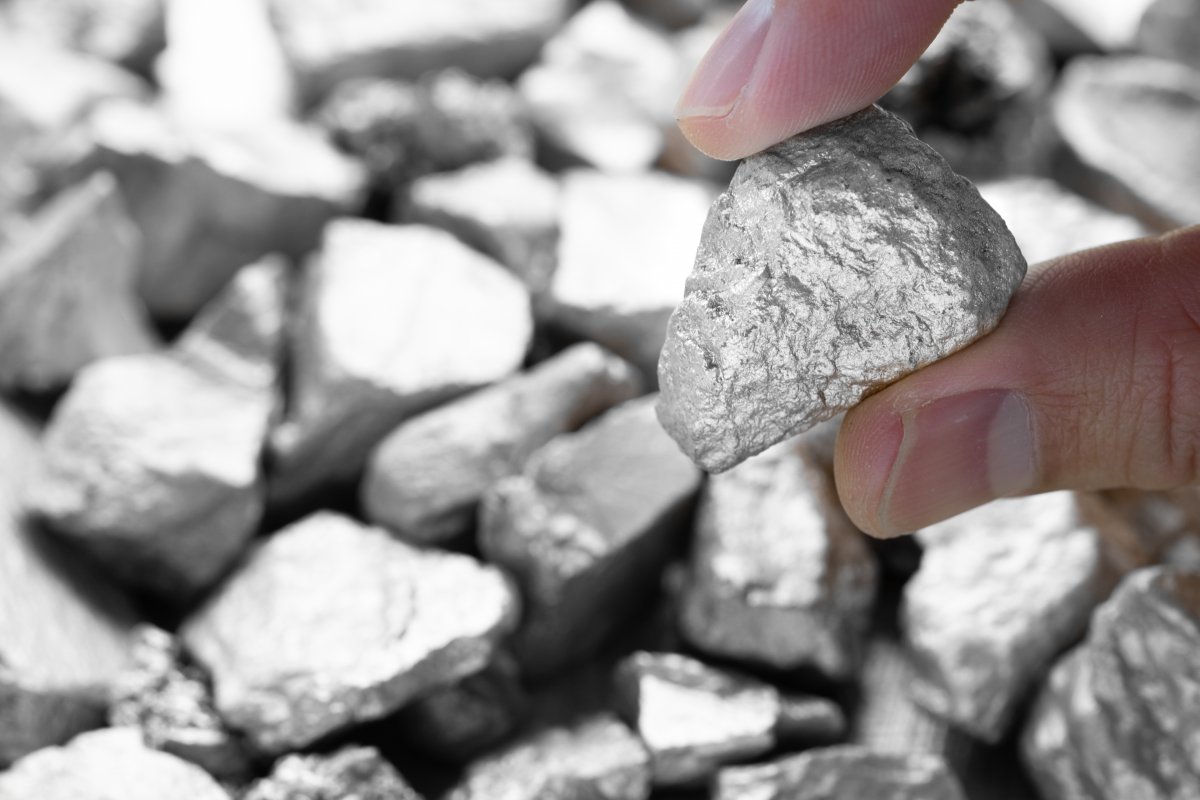Europe’s dependence on rare earths from China could soon decrease somewhat: in 2024, the exploitation of large deposits in Killavaat Alannguat in southern Greenland by the private company Tanbreez Mining is to begin, as Wirtschaftswoche reports. “Tanbreez alone contains more than half of the world‘s rare earth reserves,” Greg Barnes, geologist and owner of Tanbreez, told Business Magazine.
Advertisement
A total of 19 million tons of rare earth oxide. 30 percent of these are the extremely coveted heavy rare earths. An overview of the occurrence can be found on the Tanbreez website. According to Tanbreez Mining, it had a mining license Report by the Greenlandic broadcaster Kalaallit Nunaata Radioa already received in 2020.
Extract rare earth from eudialyte rock
In order for the extraction of the raw materials to begin, however, a factory is needed to extract the rare earths from eudialyte rock, Barnes told Wirtschaftswoche. Currently there are only such plants in China or Russia. According to him, a corresponding plant will be built in the USA in the next few months. Plans for a production facility in Europe too. Thanks to technical progress, the part of the plant that extracts the rare earths only costs around 40 million US dollars. China had to pay 1.7 billion dollars for such a plant 13 years ago.
Europe currently has to import 100% of its rare earths. China is by far the main producer, followed by Myanmar, Australia and the USA. China produces a total of 85 percent of refined rare earths. Rare earths are also used in plasma screens as well as in light sources and LEDs, fuel cells, motors and generators, catalysts, fuel rods, in medical technology or as amplification material in lasers.
At the beginning of the year, the Swedish state mining company LKAB reported that it had discovered the largest known deposit of rare earths in Europe. The deposit is near a large iron ore mine in Kiruna. This amount would be enough to cover a large part of the future EU demand for the production of permanent magnets. However, due to the approval process, it will likely take another 10 to 15 years before the metals can be mined and brought to market.
Advertisement
(sigh)
To home page
